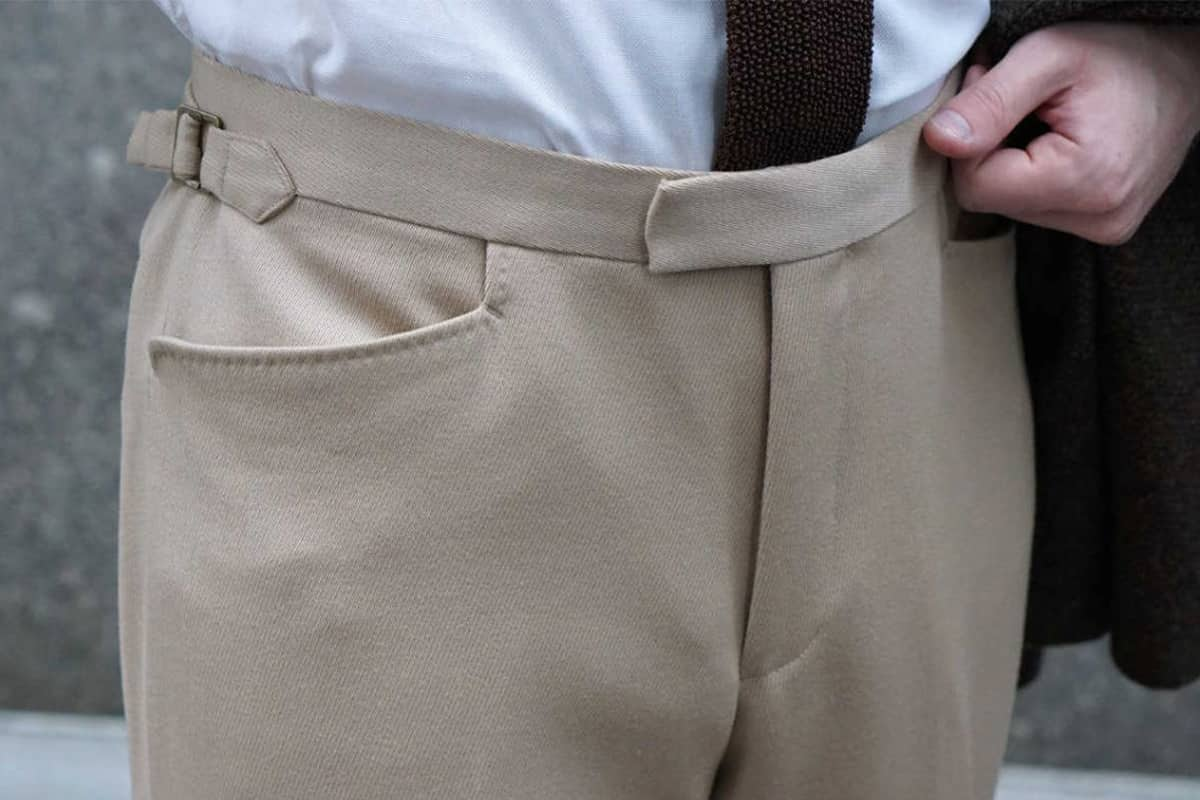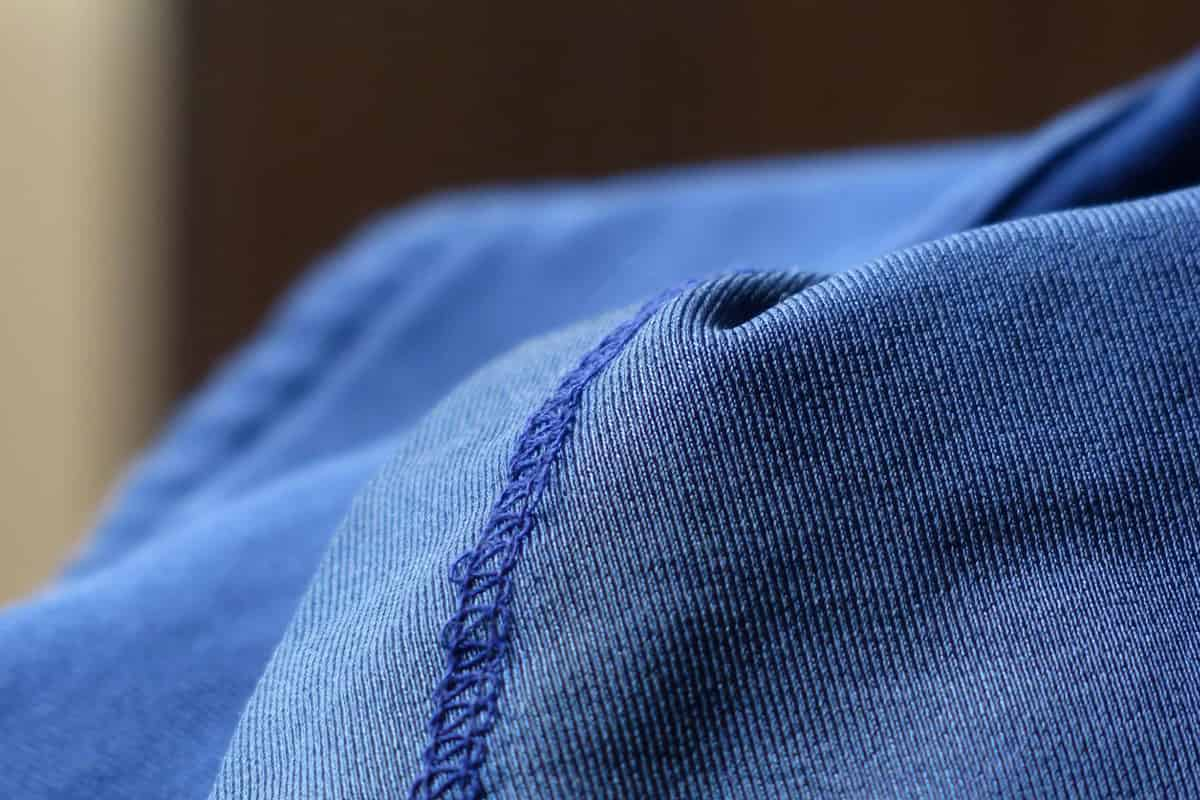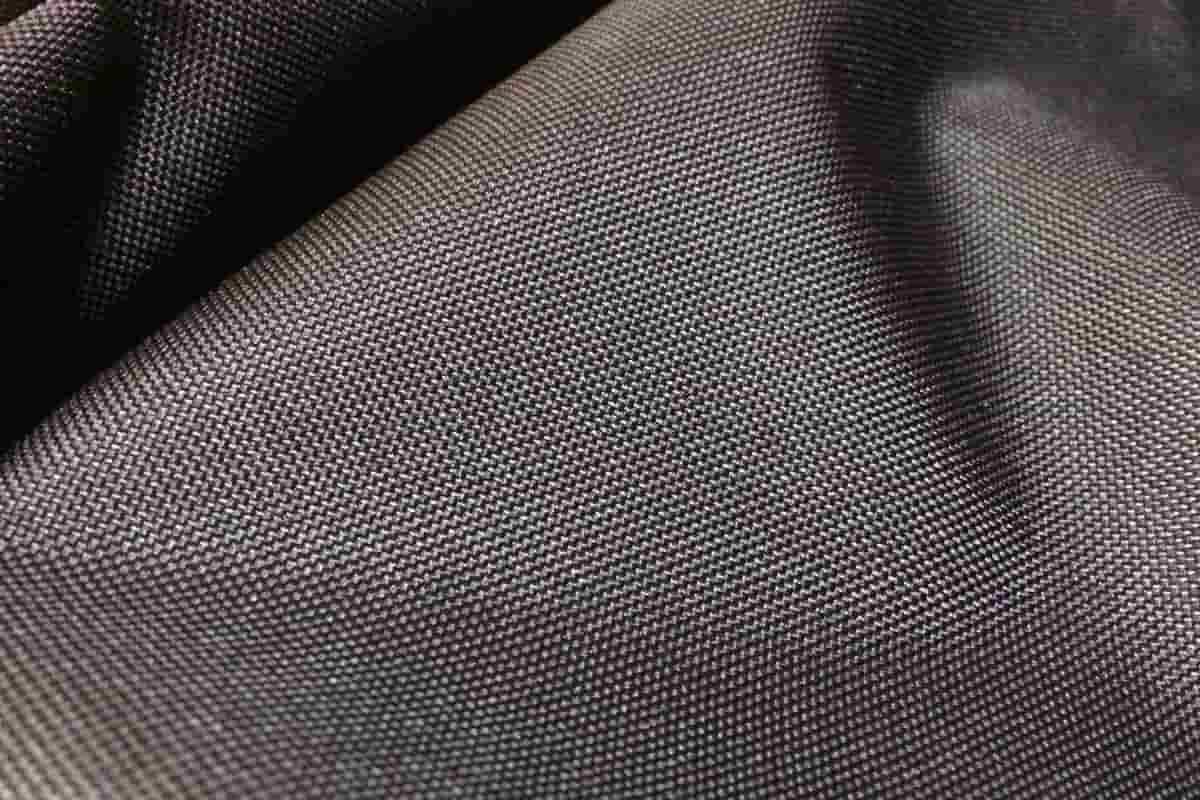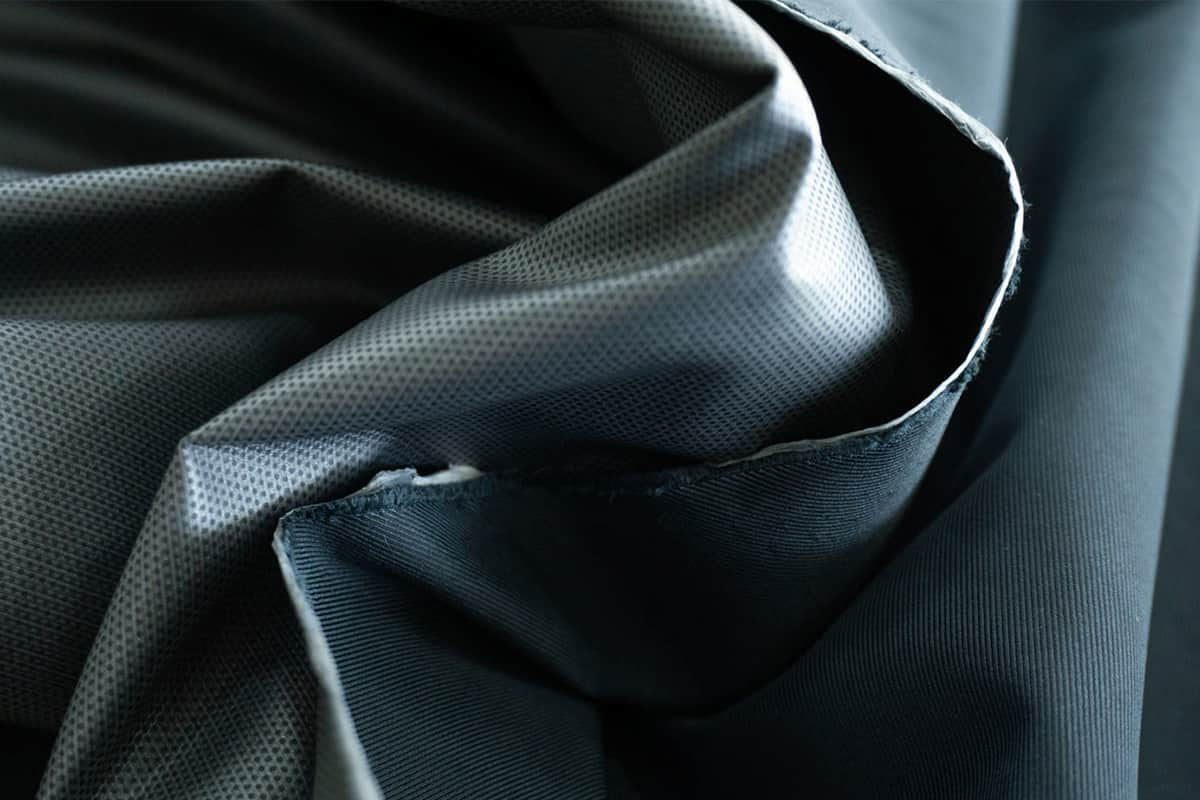Here we are going to define one of the fabric types of the massive variety of fabrics in the world. You must have heard about twill fabric from here and there. In this article, we intend to get you a little acquainted with some information about twill fabric. So follow us to learn more. Choosing a suitable fabric for sewing a dress is a very important decision that requires a lot of care, consideration, and patience because ultimately the beauty of the dress largely depends on the fabric's type and quality. Currently, there are different types of fabric in the market, each of which has different characteristics and uses; From natural fiber fabrics and synthetic fibers to woolen and knitted fabrics. What does Twill Fabric mean? Any fabric that has a twill weave, such as denim, tweed, and several varieties of cotton and linen cloth, is referred to as twill fabric. You can see diagonal lines in the material's individual threads or yarns if you look closely at this type of cloth. The distinctive diagonal weaving pattern that characterizes twill weave sets it apart from other widely used cloth weaves.

Tweed, houndstooth, and herringbone are just a few of the wool suiting fabrics that benefit greatly from the diagonal thread structure seen in twill fabric. It also drapes well for apparel, such as some blouses, and looks elegant when used as luxury bedding. The description of twill weave When the horizontal weft thread weaves diagonally over many vertical warp threads before weaving underneath the warp threads, the fabric is said to have a twill weave. These rows are offset and create a pattern of tiny diagonal lines or checks. Plain weave and satin weave, the other two main weaving techniques, both use a straight weave pattern with crisscrossing horizontal and vertical threads. Twill weave is particularly distinctive because of this. When you examine the specifications of a twill weave, you'll also discover that fabric producers use a certain fraction to indicate the number of warp threads that are positioned beneath each weft thread in the pattern. For instance, 4/1 denotes that four vertical threads will cross the horizontal thread simultaneously. A fabric with a very extra thick count and a particularly dense weave is created by this type of weaving structure. Additionally, compared to a cloth woven in a different pattern, the twill-weave fabric is thicker and stronger as a result. Frequently, the front of a twill cloth will appear darker than the back.

The wale of this fabric refers to its front side, which features ribbed, diagonal lines. Because the weft thread crosses several warp threads simultaneously, it appears darker. Most of the time, twill fabric's unique weaving serves as its sole ornament. However, you won't frequently see prints of any colored patterns on this material. The twill weave comes in a wide variety as well. The appearance of the twill weaves with diamond, broken, and elongated patterns vary slightly. Other varieties include houndstooth and herringbone, though you typically see those in wool. Nevertheless, producers will mix variously colored warp and weft threads to draw attention to the diagonal ribbing. For instance, the blue-gray hue of denim is created by white and blue threads crossing and beneath each other. In addition, the distinctive checkered pattern of houndstooth wool can be created by combining wool yarns in black and white. The definition of cotton twill fabric Any type of fabric manufactured from cotton fibers employing a twill weaving pattern with diagonal ribs of elevated thread is known as cotton twill fabric. These types of fabrics include gabardine, khaki, drill, and denim. Denim and khaki are already well-known to you, however, what are gabardine and drill?

Tight, closely woven twill weave with small, minuscule diagonal ribs on one side characterizes gabardine fabric. Excellent jackets, coats, and slacks can be made from this dense fabric. Fun fact: The creator of Burberry created the gabardine fabric! Although it still has that diagonal weaving of a twill pattern, the cotton drill is a particularly robust type of cotton fabric that feels more like canvas. Instead of using finer cotton yarns, this fabric makes use of chunky carded yarns. It has a long lifespan and is extremely durable even under difficult circumstances. Is twill superior to cotton? Cotton and twill are like apples and oranges when compared. Any cloth that has a distinctive diagonal pattern in the weaving is generally referred to as twill. Denim, chambray, and poplin are just a few examples of popular fabrics that use cotton as a natural fiber. So, you may specify the sort of fabric by using terms like denim or khaki, or you can have a twill fabric made of cotton or a cotton twill fabric. However, since twill and cotton are two quite distinct things, you cannot conclude that twill is superior to cotton. Having said that, you can contrast cotton fabric created in various ways, such as a plain weave, with cotton fabric made in a twill weave. For instance, you might want to weigh the advantages of brushed cotton vs. twill-weave cotton if you're looking for a warm, comfy shirt or t-shirt. Although brushed cotton normally has a basic weave, it is given its silky texture by brushing metal on the fabric's surface. Thousands of small cotton fiber fragments end up floating around on the fabric's surface as a result. There are bedsheets, shirts, and even t-shirts made of brushed cotton that are incredibly warm and comfortable.

Twill cotton will keep you warm and drape more heavily. In contrast to brushed cotton, it has a firmer, thicker texture. Because it employs more strands than cotton plain-weave, it could potentially cost more. What exactly is the micro twill fabric? The diagonal ribbing found in all twill fabrics is present in micro twill fabric, but it is smaller and constructed of yarns that have been delicately sanded to give it an incredibly velvety finish. Although micro twill has not received much exposure, it makes fantastic dresses and skirts! This fabric is frequently available in cotton French twill or 100% cotton versions. It will feel soft and drape beautifully in either case. What is twill fabric made of polyester? Any fabric created using polyester fibers with a twill weave pattern is known as a polyester twill fabric. The material will frequently have ridged diagonal lines on at least one side. On occasion, the ribbed surface will also take on a shiny aspect thanks to the polyester fibers. Polyester is frequently less breathable and does not feel as soft as cotton. This type of polyester fabric may be particularly impermeable due to the tight twill weave! The good news is that polyester twill has far higher durability, which means that it will last for a very long time. Polyester is completely washable and also subject to simple maintenance. Which Countries Produce Twill Fabric? Despite the fact that twill fabric is produced all over the world, it is obvious that China is the country that exports most of this material. Both cotton and polyester are produced in the greatest quantities in China. China is the industry leader in manufacturing twill fabric because these two fibers are most frequently utilized to produce it. Twill fabric is also widely produced in India, the US, and Pakistan, and given current economic trends, China may eventually lose its position as the world's top textile producer. But for the time being, this nation continues to manufacture most of the practically all textile types.

What effect do twill fabrics have on the environment? Depending on the kinds of fibers used in its production, twill cloth has a different influence on the environment. Natural fibers, for example, typically have a negligible effect on the environment, but synthetic fabrics have a variety of negative effects on the world's ecology. The processes used to create fabrics also have an impact on how they affect the environment. While the manufacture of synthetic fabrics, such as polyester, is generally harmful to the environment, it is still possible to use manufacturing techniques that minimize this impact. Conversely, while the cotton industry is inherently sustainable, it is simple to use practices that make the production of this substance harmful to the environment. Available twill fabric certifications Depending on the type of fabric used to create twill weave, various certifications might be available. For instance, if it can be proven that cotton twill fabric has been farmed using sustainable and ecologically friendly methods, U.S. Agriculture Department (USDA) organic certification may be made accessible. It is also possible for twill fabric made from American-grown Pima cotton to be approved by the American Supima Organization (ASA), a separate regulatory group that monitors the Pima cotton industry in the country.
